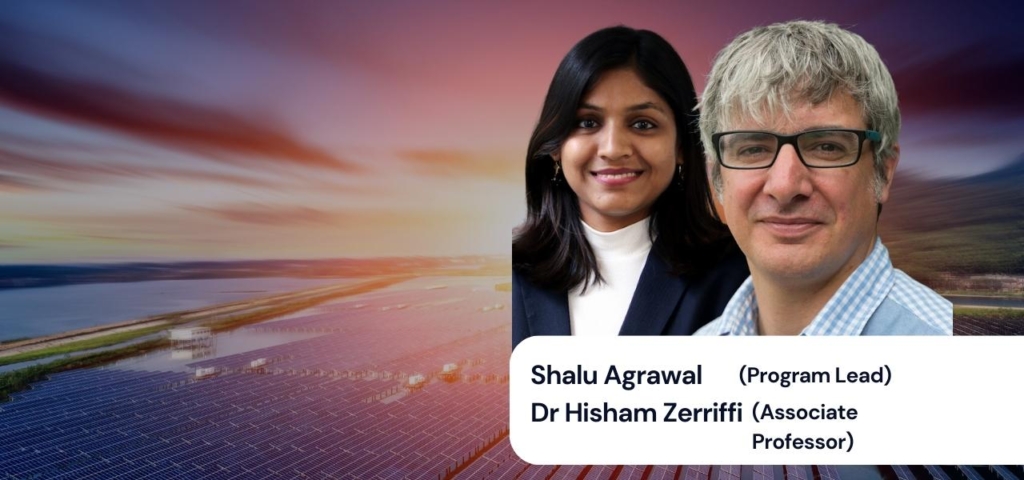In a conversation, experts Shalu Agrawal, and Hisham Zerriffi delved into the complexities of energy access, climate change, and development in India. With a particular focus on the challenges and opportunities in the Indian energy landscape, their discussion shed light on how these multifaceted issues intersect and impact each other.

Surveying India’s Energy Landscape
Shalu Agrawal, who led the India Residential Energy Survey (IRES) in 2020, provided invaluable insights into the state of energy access and consumption patterns in Indian households. The IRES covered 15,000 households across 21 states, striving to offer a nationally representative view. The survey’s objective was not only to assess India’s progress in energy access but also to prepare for future challenges in shaping energy demand efficiently, affordably, and sustainably.
Electrification Gains and Ongoing Challenges
The survey revealed significant progress in electricity access, with 97% of Indian homes now having electricity connections. This remarkable achievement resulted from extensive public investments and initiatives like the Saubhagya scheme, electrifying millions of households and reducing reliance on polluting energy sources. However, challenges such as affordability, power supply interruptions, and governance issues in the distribution network still need attention.
Cooking Energy Transition
The transition in cooking energy has been more complex. In 2001, over 80% of Indian households relied on solid fuels, with LPG predominantly used in urban areas. Efforts initially focused on promoting improved cook stoves and biogas plants in rural areas, but these solutions often failed due to poor upkeep and support. Subsequently, India’s focus shifted to expanding LPG access through schemes like Ujjwala, which reduced the share of households relying on polluting fuels to 30%. However, affordability, availability, and behavior change issues persist.
Gender and Energy Access
The conversation also highlighted the gender dimension of energy access. Lack of energy access disproportionately affects women, who spend significant time collecting biomass or cooking with inefficient methods. Improved energy access can alleviate their burden, create opportunities for more productive work, and enhance educational prospects for children.
Climate Change and the No-Fossil-Finance Debate
The discussion then turned to the global debate on financing fossil fuel infrastructure in developing countries. While developed nations pledge to limit fossil fuel finance, it may hinder energy access goals in low-income countries. The experts argued that renewables alone cannot meet the surging energy demand in these countries. Balancing energy access with climate change concerns requires a nuanced approach, recognizing that the carbon budget is finite and that equitable access to it is essential.
Electrification and Climate Change
Lastly, the potential transition to electric cooking was explored. Currently, only 5% of Indian households use electric cooking, primarily for occasional purposes. The high costs of electric stoves and the challenge of cooking a variety of dishes using electricity hinder widespread adoption. Experts believe that while electricity may supplement LPG in the short term, it won’t fully replace it anytime soon.
Conclusion
The conversation highlighted the complex interplay between energy access, climate change, and development. While electrification progress is evident, the challenges of affordability, supply reliability, and governance must be addressed. The transition to cleaner cooking energy sources remains a work in progress, requiring concerted efforts to change behaviors and ensure affordability.
The discussion also emphasized the importance of an equitable approach to climate change mitigation and the need for developed countries to recognize the development imperatives of emerging economies. Balancing these competing interests is critical to achieving sustainable energy access for all while addressing climate change challenges.
(Access the complete interview by tuning in to the TIEH podcast available on our website and other major podcast platforms.)


